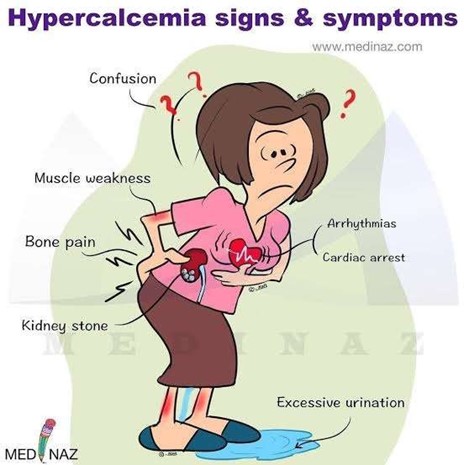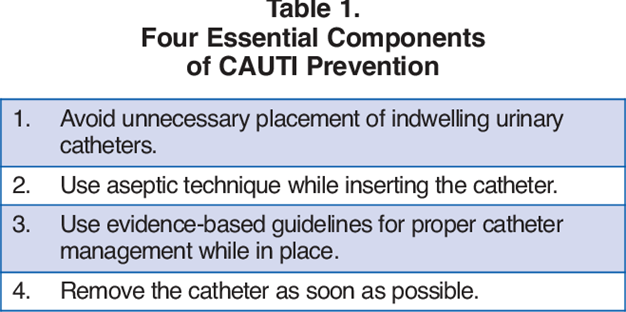The client has just undergone surgery for bladder cancer and has an indwelling urinary catheter.
The nurse should monitor for which of the following complications?
Urinary retention.
Urinary incontinence.
Urinary tract infection.
Urinary urgency.
The Correct Answer is C
A urinary tract infection (UTI) is a common complication after bladder cancer surgery, especially if the patient has an indwelling urinary catheter.
A UTI can cause symptoms such as fever, pain, burning or urgency when urinating, blood in the urine, or cloudy or foul-smelling urine.
Choice A is wrong because urinary retention (the inability to empty the bladder completely) is unlikely to occur with an indwelling catheter, which drains urine continuously.
Choice B is wrong because urinary incontinence (the loss of bladder control) is more likely to occur after partial or radical cystectomy, which remove part or all of the bladder, respectively.
In these cases, reconstructive surgery is needed to create a new way for urine to leave the body.
Choice D is wrong because urinary urgency (the sudden and strong need to urinate) is also more likely to occur after partial or radical cystectomy, which can affect the nerves and muscles that control urination.
Urinary urgency can also be a symptom of a UTI, but it’s not the only one.
Nursing Test Bank
Naxlex Comprehensive Predictor Exams
Related Questions
Correct Answer is ["B","C","D"]
Explanation
Hypercalcemia is a condition in which the calcium level in the blood is above normal.

This can cause various symptoms, such as confusion, constipation, and bradycardia (slow heart rate).
These are the clinical manifestations that the nurse would expect to observe in a client with hypercalcemia.
Choice A is wrong because muscle spasms are not a common symptom of hypercalcemia.
In fact, hypercalcemia can cause muscle weakness and pain.
Choice E is wrong because polyuria (excessive urination) is not a direct symptom of hypercalcemia, but rather a result of kidney problems caused by hypercalcemia.
Hypercalcemia can make the kidneys work harder to filter the excess calcium, leading to dehydration and thirst.
However, this does not necessarily mean that the client will have polyuria.
Normal ranges for calcium levels in the blood are 8.5 to 10.2 mg/dL (milligrams per deciliter) or 2.1 to 2.6 mmol/L (millimoles per liter).
Correct Answer is A
Explanation

This is because urinary catheters are a common source of catheter associated urinary tract infections (CAUTIs), which can lead to complications such as pyelonephritis, sepsis, and renal failure. Therefore, the nurse should remove the catheter as soon as possible to reduce the risk of infection and promote normal urinary function.
Choice B is wrong because ensuring that the catheter is properly secured to prevent accidental dislodgement is not a priority intervention for a patient with a urinary catheter.
While this is an important nursing action to prevent trauma and bleeding, it does not address the main complication of catheterization, which is infection.
Choice C is wrong because encouraging the patient to drink fluids to prevent dehydration is not a priority intervention for a patient with a urinary catheter.
While this is a good nursing practice to maintain hydration and renal perfusion, it does not affect the risk of infection associated with catheterization.
Choice D is wrong because administering antibiotics to prevent infection is not a priority intervention for a patient with a urinary catheter.
While this may be indicated for some patients who have signs and symptoms of UTI or who are at high risk of infection, it is not a routine measure for all patients with catheters and may contribute to antibiotic resistance.
Whether you are a student looking to ace your exams or a practicing nurse seeking to enhance your expertise , our nursing education contents will empower you with the confidence and competence to make a difference in the lives of patients and become a respected leader in the healthcare field.
Visit Naxlex, invest in your future and unlock endless possibilities with our unparalleled nursing education contents today
Report Wrong Answer on the Current Question
Do you disagree with the answer? If yes, what is your expected answer? Explain.
Kindly be descriptive with the issue you are facing.
